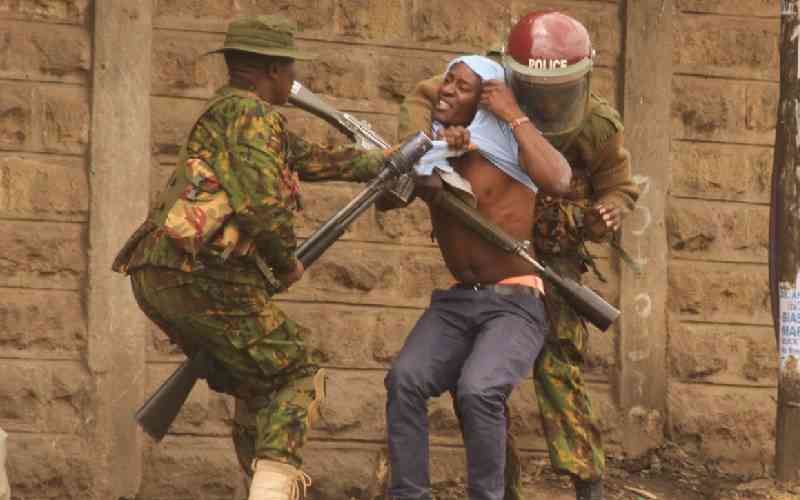×
The Standard e-Paper
Kenya's Bold Newspaper

Fuelled by a volatile cocktail of political and economic grievances, protests were met with increased police violence across several counties this week.
We know from other countries that mass public protests can be managed within a fraction of the deaths, injuries and destruction we have seen recently. What is not happening, my late nephew would ask?